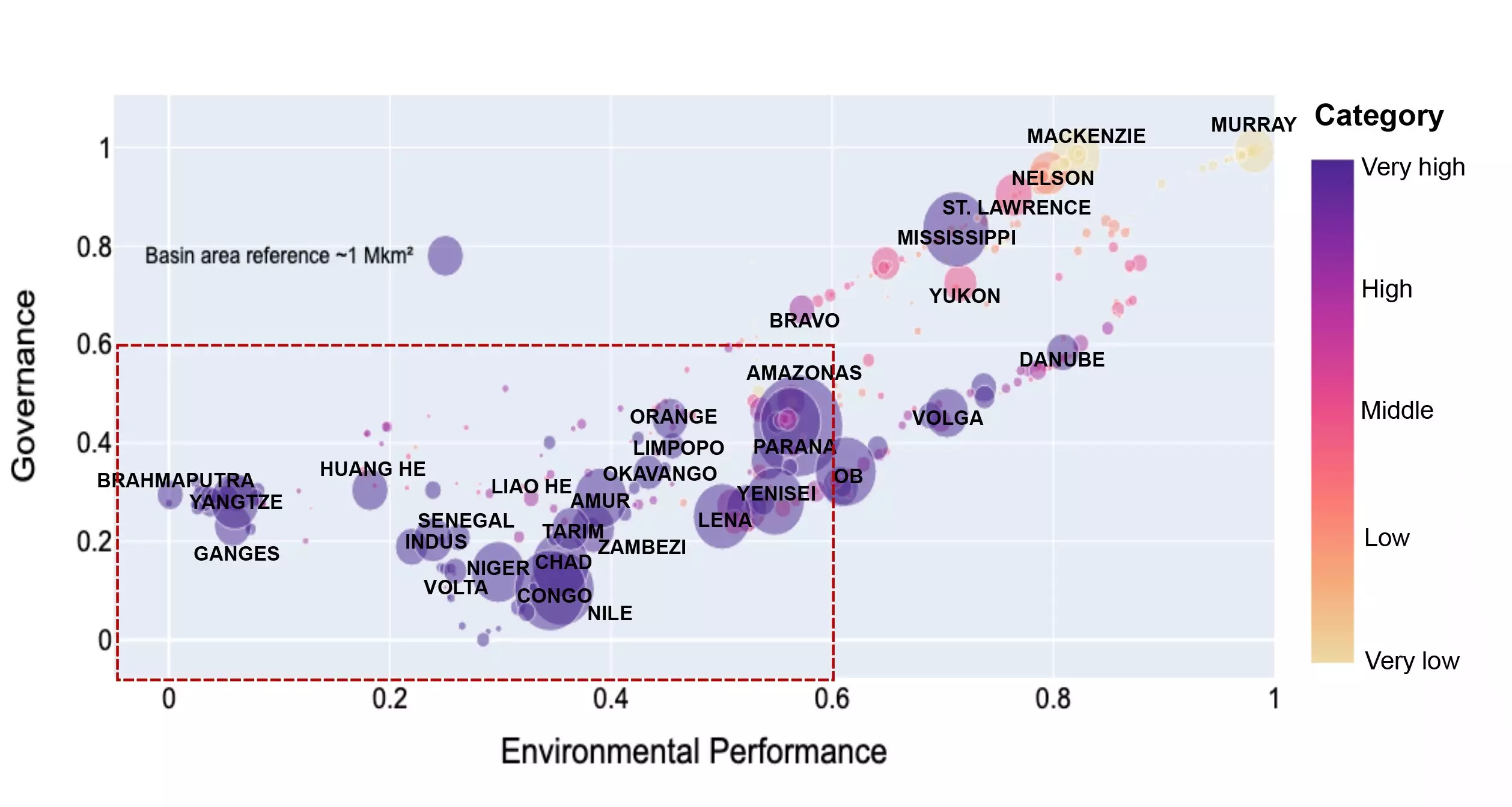Water scarcity is one of the pressing challenges that humanity faces in the 21st century. As climate change exacerbates conditions in many regions, securing water resources has become increasingly complex. The research conducted at Stockholm University sheds new light on how we assess global water supply risks by introducing a novel perspective that emphasizes the importance of “upwind moisture.” This concept challenges conventional wisdom about water availability, highlighting the need for a more comprehensive approach to water management.
Traditionally, water security assessments focus on local supply, often measuring rain through its immediate effects on lakes, rivers, and aquifers. However, the study titled “Upwind moisture supply increases risk to water security,” recently published in Nature Water, presents a paradigm shift in understanding water resources. According to Fernando Jaramillo, an associate professor at Stockholm University and lead researcher, moisture evaporated from both terrestrial and oceanic sources travels through the atmosphere before falling as precipitation, and this “precipitationshed” provides a crucial context for understanding water supply.
This upwind perspective emphasizes that the environmental conditions and governance of the areas from which essential moisture is derived significantly influence downwind water security. By utilizing an expansive geographical lens, researchers can assess how changes and conditions in one region affect the water availability of another, fundamentally altering the previous, more localized assessments of risk.
The study’s findings extend across 379 hydrological basins worldwide, revealing that the risks to water security are drastically underestimated when an upwind perspective is not considered. José Posada, a key contributor to the research, indicated that almost 33,000 km³ per year of global water needs face high risk levels when evaluated through this lens. In comparison, traditional methods reported only 20,500 km³ per year. This stark increase illustrates the critical nature of incorporating broader environmental dynamics into water security assessments.
Moreover, the research underscores the interconnectedness of regions reliant on shared water resources. For instance, the Amazon basin and the Andes mountains showcase a symbiotic relationship; the moisture produced in one area heavily influences precipitation in the other. Thus, understanding these connections is essential for developing effective management strategies that address both upstream and downstream dependencies.
The study also highlights that alterations in land use in upwind areas have profound consequences for downwind regions. Deforestation, agricultural expansion, and urban development can disrupt the natural moisture cycle, affecting rainfall patterns and, thus, water availability. For instance, in land-locked countries where rainfall predominantly derives from neighboring states, environmental degradation in these upwind nations can jeopardize water supply.
As Jaramillo points out, nations like Niger are particularly vulnerable to changes in moisture conditions originating from Nigeria and Ghana, raising critical questions regarding national sovereignty and environmental management practices in neighboring territories. As such, coordinated governance efforts are fundamental to maintaining water security in interconnected regions.
Political Factors and International Collaboration
The implications of the research go beyond ecological considerations; political dynamics play a crucial role in determining water security outcomes. Areas suffering from poor governance or ineffective environmental policies can create repercussions felt downstream in more stable regions. For example, the Congo River basin faces heightened risks due to neighboring countries with inadequate regulatory frameworks and environmental protections, which directly impacts the water availability for millions downstream.
This interconnectedness of governance and water security invites a more collaborative and international approach to resource management. As emphasized by co-author Lan Wang-Erlandsson, it is imperative that countries recognize their interdependence in water management, advocating for cooperation that transcends political borders. Efforts to mitigate water scarcity must incorporate atmospheric water flows and effective governance frameworks to ensure equitable resource distribution.
The research conducted at Stockholm University heralds a significant shift in how we approach water security in a world increasingly marked by climate variability and competition for resources. By integrating the upwind moisture concept into assessments, stakeholders can gain a more accurate understanding of water security risks and, consequently, develop more effective mitigation strategies.
In light of the interconnected nature of water systems, fostering international cooperation and strategic governance must become central tenets of water management. As we confront the challenges of a changing climate, it is critical to acknowledge that water is a shared resource, and the health of our ecosystems and communities depends on how well we collaborate across borders and disciplines. A holistic approach to water governance is not just beneficial; it is essential if we are to secure a sustainable water future for all.


Leave a Reply